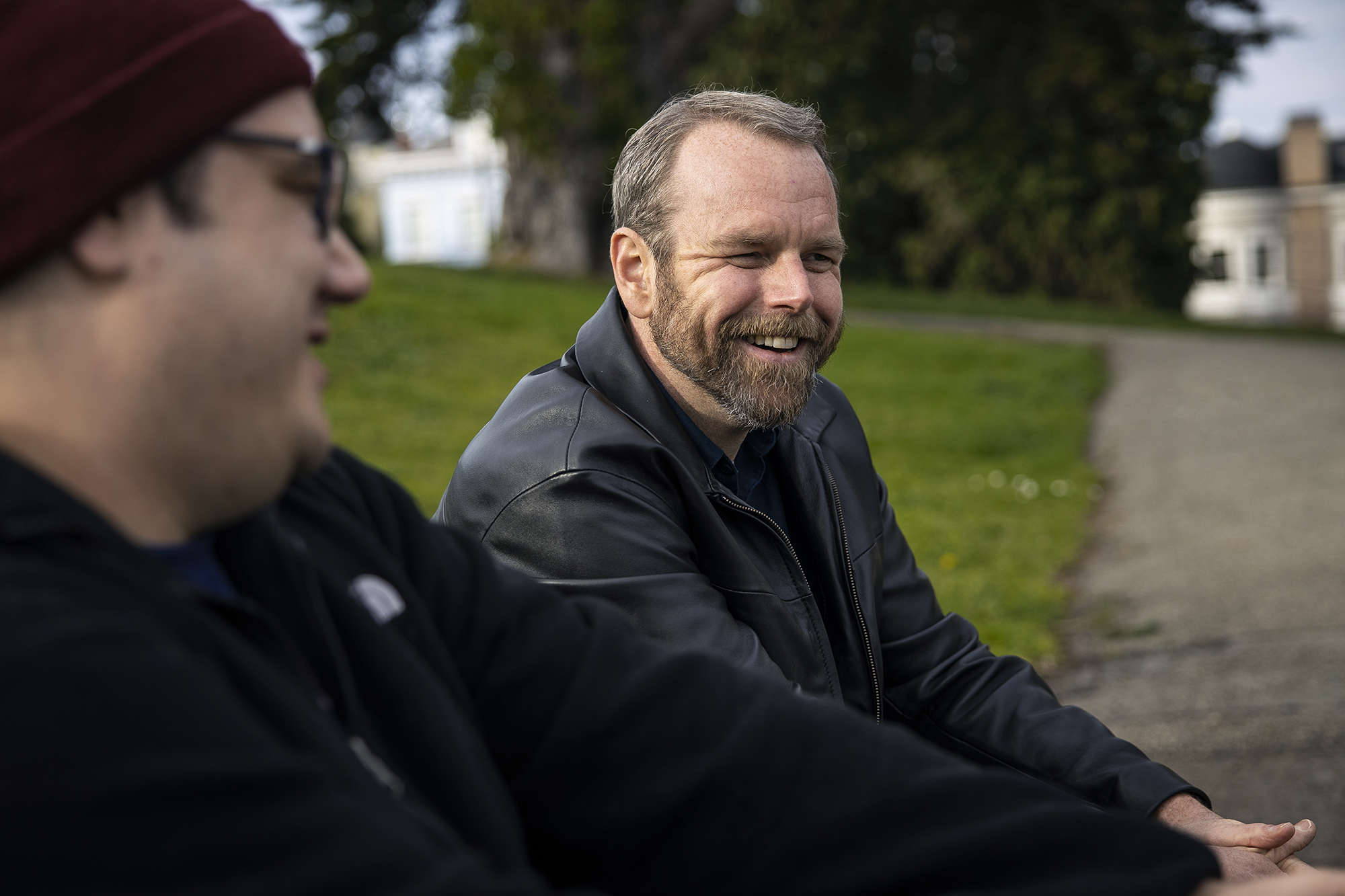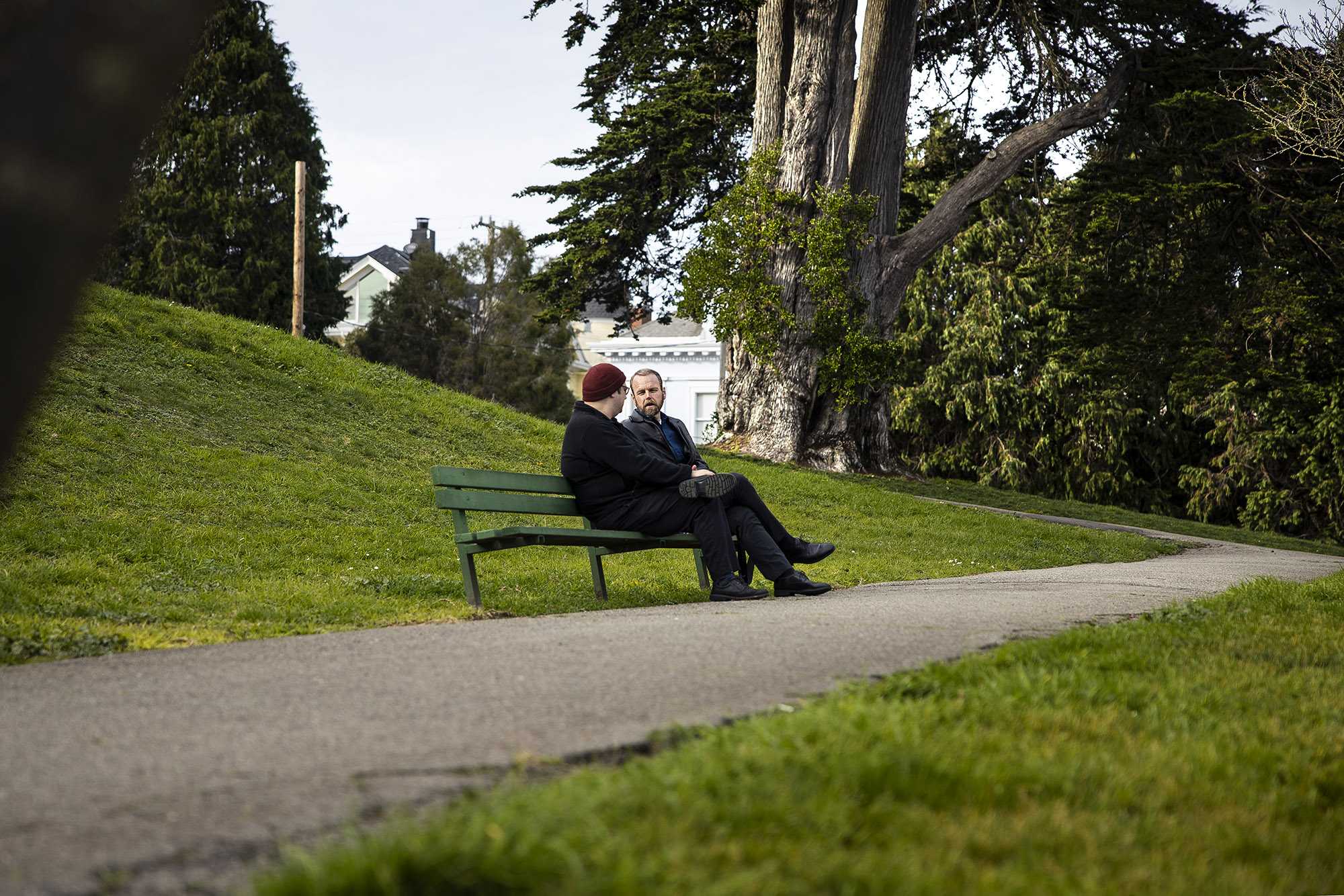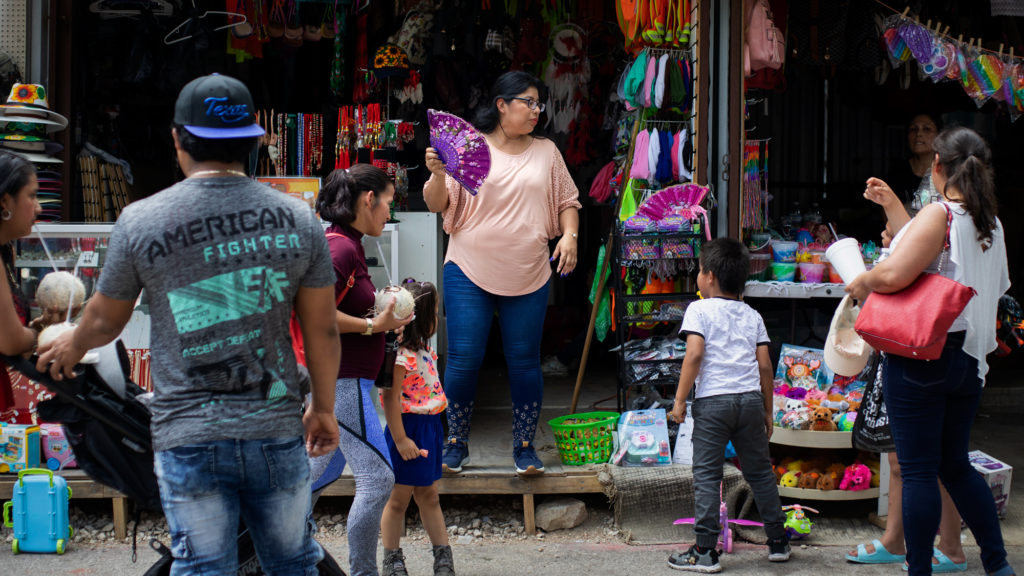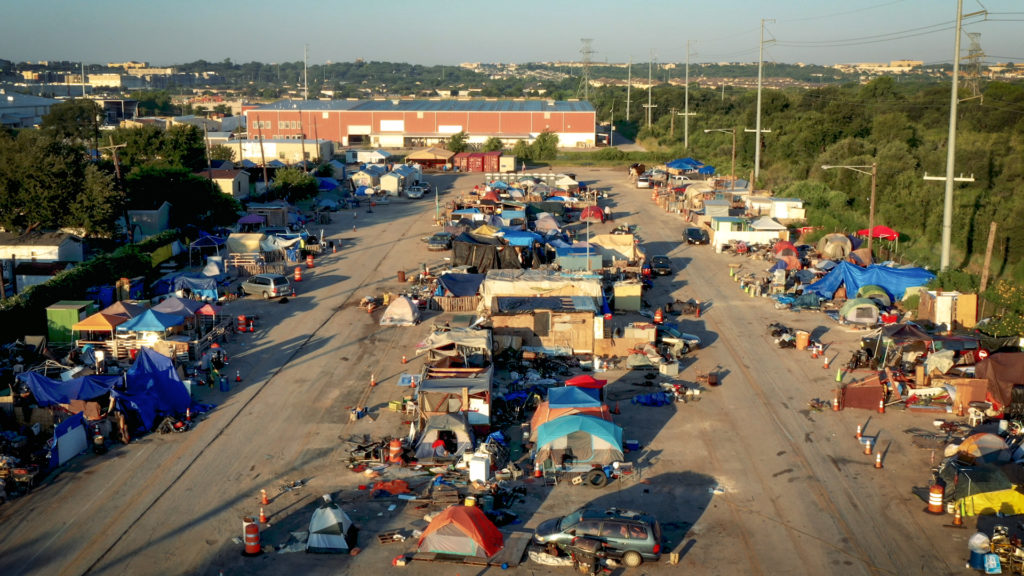By Martin do Nascimento and Omar L. Gallaga
In this first interview in a continuing series, findhelp’s Anthony Pico speaks to Reed Connell, executive director and chair of A Home Within, an Oakland, California, based national organization that connects current and former foster youth to therapy services. Connell also co-founded and is a managing partner at San Francisco-based Social Change Partners, LLC, which helps youth-focused groups.
Anthony Pico specializes in community engagement, public affairs, and nonprofits in his role as a Los Angeles-based Community Engagement Manager at findhelp. In 2007, he was featured on a segment of This American Life at the age of 18 after several years as an expert and public speaker discussing his background as a kid in the foster-care system. His interest in the topic has continued and in the ‘Fostering Conversation’ series for this site, he will speak to national experts who have insight into problems and solutions for foster care.
[This Q&A has been edited for clarity and brevity.]
ANTHONY PICO: Tell us about how you got to A Home Within and what it is that A Home Within does.
REED CONNELL: Most fundamentally, A Home Within maintains a nationwide network of skilled and trained clinicians and therapists who make a commitment to providing pro-bono psychotherapy to young people who are currently in foster care or have been in foster care. The average length of a match is about three years, and we have a considerable number of matches where the commitment is essentially indefinite. So it’s a relationship that winds up lasting, we say, for as long as it takes.
There’s referrals that come from the courts or from the child-welfare system or from court-appointed special advocates and then some self referral from young people as well. And so our job is to find clinicians who are willing to make that commitment and help them connect and support them in seeing young people.
I have had a relationship with A Home Within six or seven years. My own background is that I worked with foster youth since my second month out of college. I worked directly with young people in foster care for about 10 years. I kind of transitioned to policy work and was the executive director of an advocacy nonprofit for several years. And then, as a consultant, I did some work with A Home Within on a training initiative that they had. And I stayed in touch. I joined the board. I began serving as the board chair and stepped into this role because that was what made the most sense for the organization.

Reed Connell (right) speaks with Anthony Pico in Alta Plaza Park in San Francisco. Connell is executive director and chair of A Home Within, a national organization that connects current and former foster youth to therapy services.
How would you characterize the work that A Home Within does to someone who has never heard about the organization? What does the work look like on any given day?
The work that executes the mission of the organization is conducted by volunteers with a very light touch. We don’t supervise that work, per se. They’re professionals, they’re licensed, their background is checked at the time that they become volunteers. They make this commitment and they see young people on a weekly basis, same as any other client. But they do need support. There are some of our clinicians, some of our best volunteers, that have never worked with foster youth before, or have had very little exposure to the foster-care system before. It might be refreshing or it might be advantageous to have somebody who doesn’t have a lot of preconceived notions about what that means.
Another thing that the staff do is each clinical chapter is organized such that there is a volunteer clinical director who essentially takes some additional administrative responsibilities, such as maintaining a wait list, maintaining a roster of local clinicians, participating in the matching process. And then they also provide for regular consultation groups among therapists who are volunteering in a particular area and they provide for continuing education.
The clinicians that are serving foster youth, regardless of how practiced or experienced they are, come together on a weekly basis and they have the opportunity to discuss their cases or their clients, all within the bounds of their professional licensure and discipline. If you can make this commitment, we’ll support you in doing that.
Has there been any talk about having digital access, like Skype or phone conferences?
We’re actually experimenting with that right now. There’s been a few attempts and there are currently some teletherapy cases. And we have plans to expand that. Every geography in California is very, very different. So, Los Angeles is super spread out and young people are placed anywhere in the county. Traffic is so bad that if the volunteer therapist is available, it’s in Santa Monica and they’re in West Covina, you know, it’s all they could do just to get there anyway. They need teletherapy just because it’s not logistically possible to get over there. Other places, more rural counties, the foster youth might be placed with their grandparents, and that’s wonderful, but there’s no therapists out there. And so there are a number of situations in which that kind of remote teletherapy enabled by technology might be a real benefit.
How does therapy or counseling for people with experience in foster care differ from other forms of therapy?
That’s where we need to be really clear and upfront with folks. We don’t want to scare anybody off. We don’t want to stigmatize the young people before they even walk through the door. And then we have to figure out how to make sure that we represent to a clinician who hasn’t worked with young people in foster care that they’re going to need to do some learning and we’re going to support them in that. I’m just now getting my head around the fact that therapists are pretty tough. I mean, frankly, the kind of stuff that people bring to them is pretty intense. You’ve got infidelity, you’ve got violence, you’ve got childhood abuse, you’ve got addiction. You’ve got all this stuff.
Now, granted, the foster care experience is a number of compounded issues and problems and traumas and irreconcilable, irresolvable situations, I’m not trying to make light of that. It is fair to say, I think that there is a level of training and thought and research that would support effective clinical practice with people who’ve had no experience, not only the underlying traumas and familial issues that may have brought them to the attention of the system, but just perpetual failings and exacerbations that the imperfections of the system bring them.
I usually say to people, people who don’t know anything about foster care, that basically the thing you’ve got to think about is it’s really the imperfect answer to the question of what should the state and society do if it becomes aware of the fact that the child is in danger. There are a few people out there these days who will say the state shouldn’t do anything. But for the most part, pretty much everybody agrees that if the state becomes aware of the fact that a child is being abused, somebody should do something. And that’s where the agreement stops.

Anthony Pico (left) discusses the foster-care system with Reed Connell. Pico, who grew up in foster-care, specializes in community engagement, public affairs, and nonprofits at findhelp.
I know that there’s been a shift in recent years from like a general, “You had a bad childhood” to measuring it through Adverse Childhood Experiences (ACEs). How does that work? Does it make it easier for A Home Within?
It’s a big part of the conversation now. Most fundamentally, Adverse Childhood Experiences is a list that a lot of people have been working on for a long time. The idea is that you can essentially administer a very brief questionnaire, you know, of 12 or 15 or 20 items. And then you can use a numerical tally of how many occurred to a person by a certain age to calculate, essentially, risk factors for problematic later symptomatology or struggles. And it’s gotten a lot of traction. My understanding is that there is sufficient validity in the kind of structure of the tool and the correlations have been fairly well-established.
My personal thought is it’s another data point. There’s a lot of people who don’t want to stigmatize folks by requiring a diagnosis of a disease or a disorder in order to authorize service, because then that is a label that carries them around. I think we entrust our clinicians to figure out whether or not that is useful information as they go through work.
If you had a magic wand, what resources or tools would you want to have available to empower the work?
We don’t have staff all over the country. We have staff here in the Bay Area. We have to do continuous volunteer recruitment just like any other organization. There is a constant churn. There’s a number of clinicians that we have to recruit every single year just to maintain the same number of matches. And recruitment is tough. Are we looking for clinicians who might be interested in foster care or are we looking for people who are interested in foster care who just happen to be clinicians? There is a continuous need to be doing that all the time, all the time.
If there was a magic wand, beyond the idea that we would have the scale of staffing and funding and so on to really get out there and aggressively grow, I think it would be something along the lines of that this commitment became kind of part of the culture of therapists, like how lawyers have their pro bono cases. That it would be built and structured into the profession and into the field. Because, you know, I honor and cherish and lift up the commitment that our therapists make. It’s something that’s very present and and considered, not only giving back, but it’s good for their professional development.
What could I or the public do to contribute to the work?
Tell your friends if you’re a clinician and put them in touch with us. There’s ways to connect whether you’re a volunteer, whether you want to refer young people right through the website.
Organizationally, I’m pretty new. I’m still getting my sea legs. I’ve got to do all those things, raise money and hire staff and restructure positions and things like that. But I think there’s a way that we kind of touched on the idea that this could become part of the culture.
For more information about A Home Within, visit the organization’s website or inquire via email.



